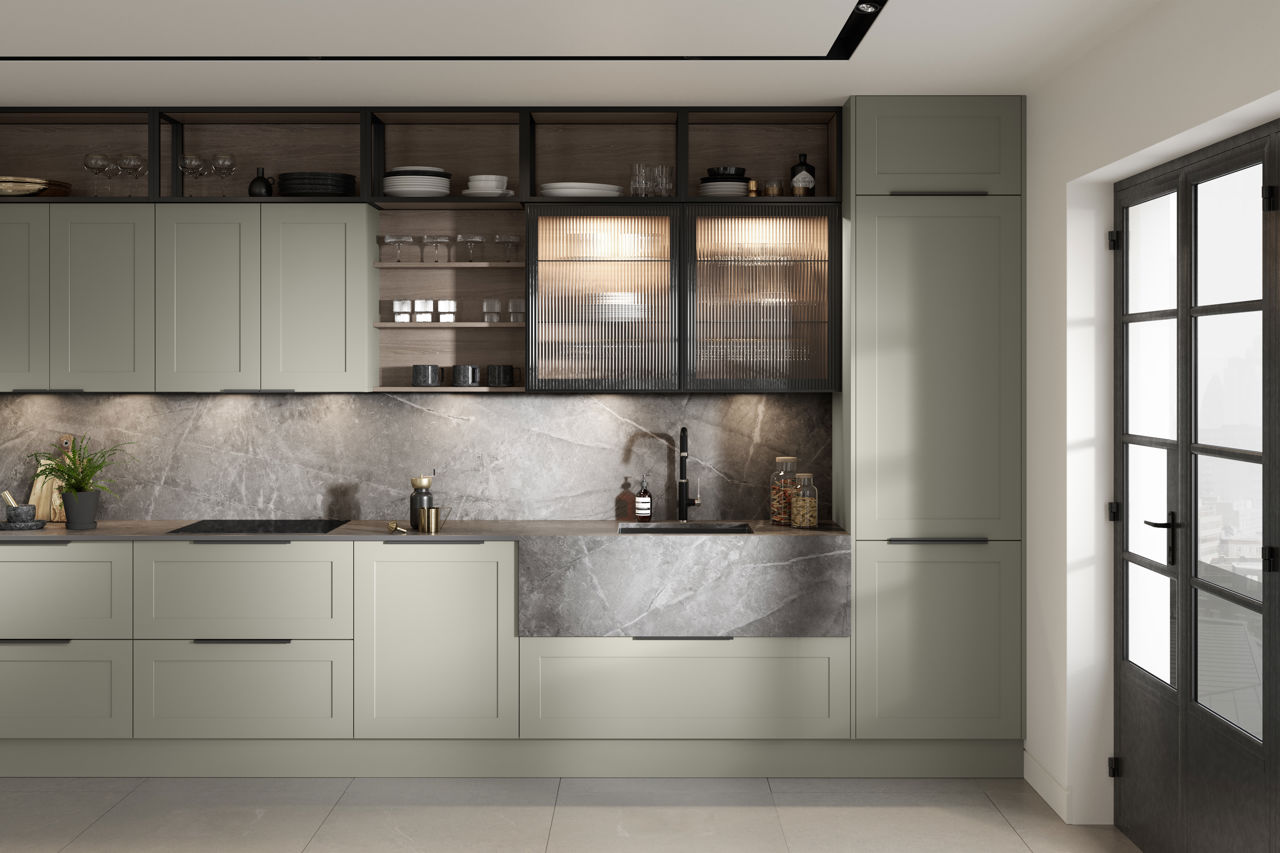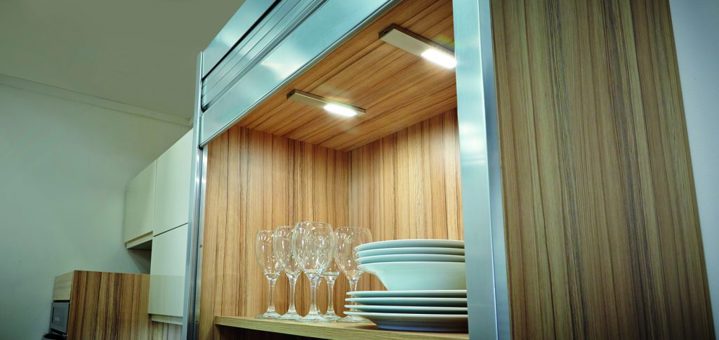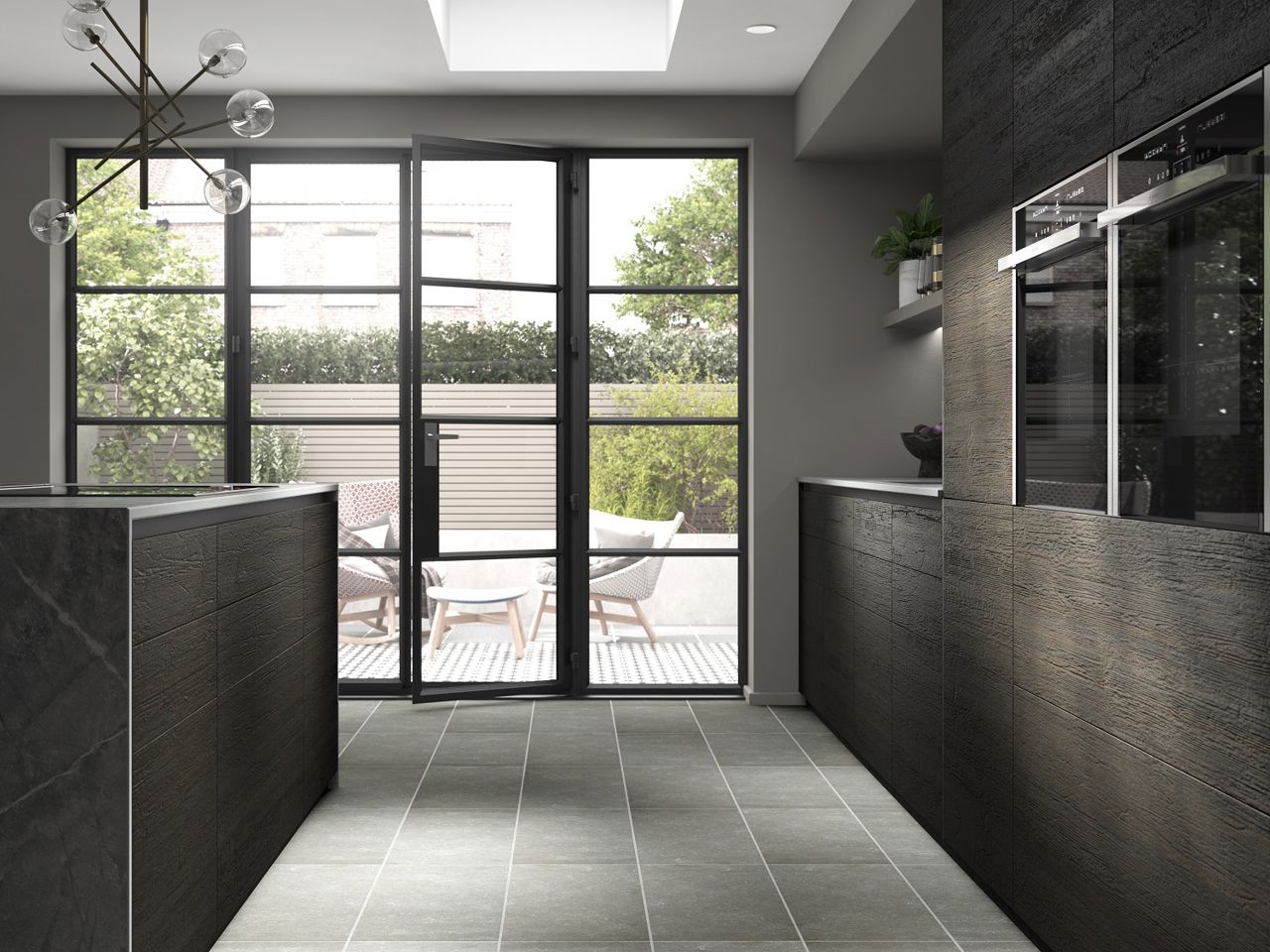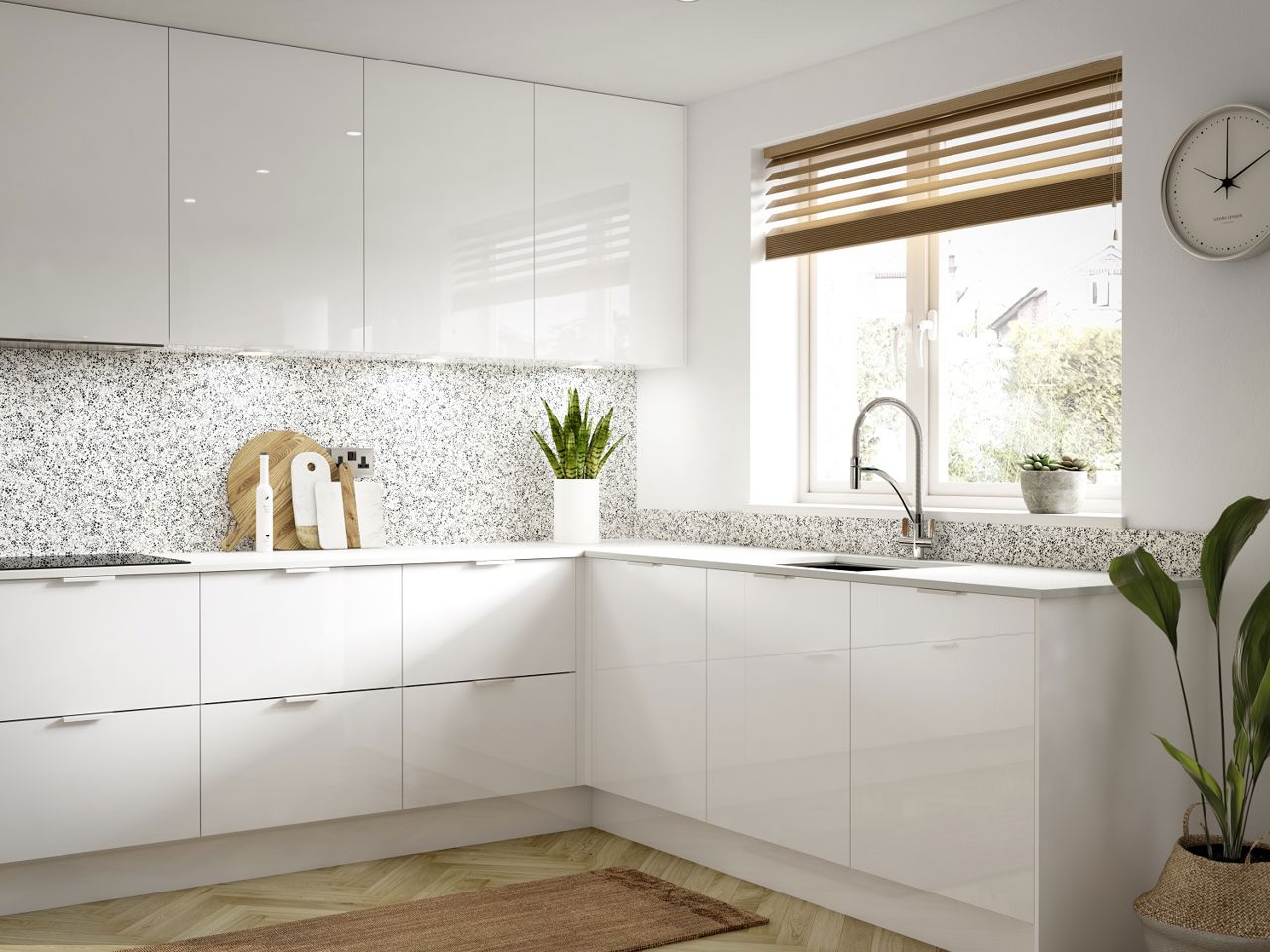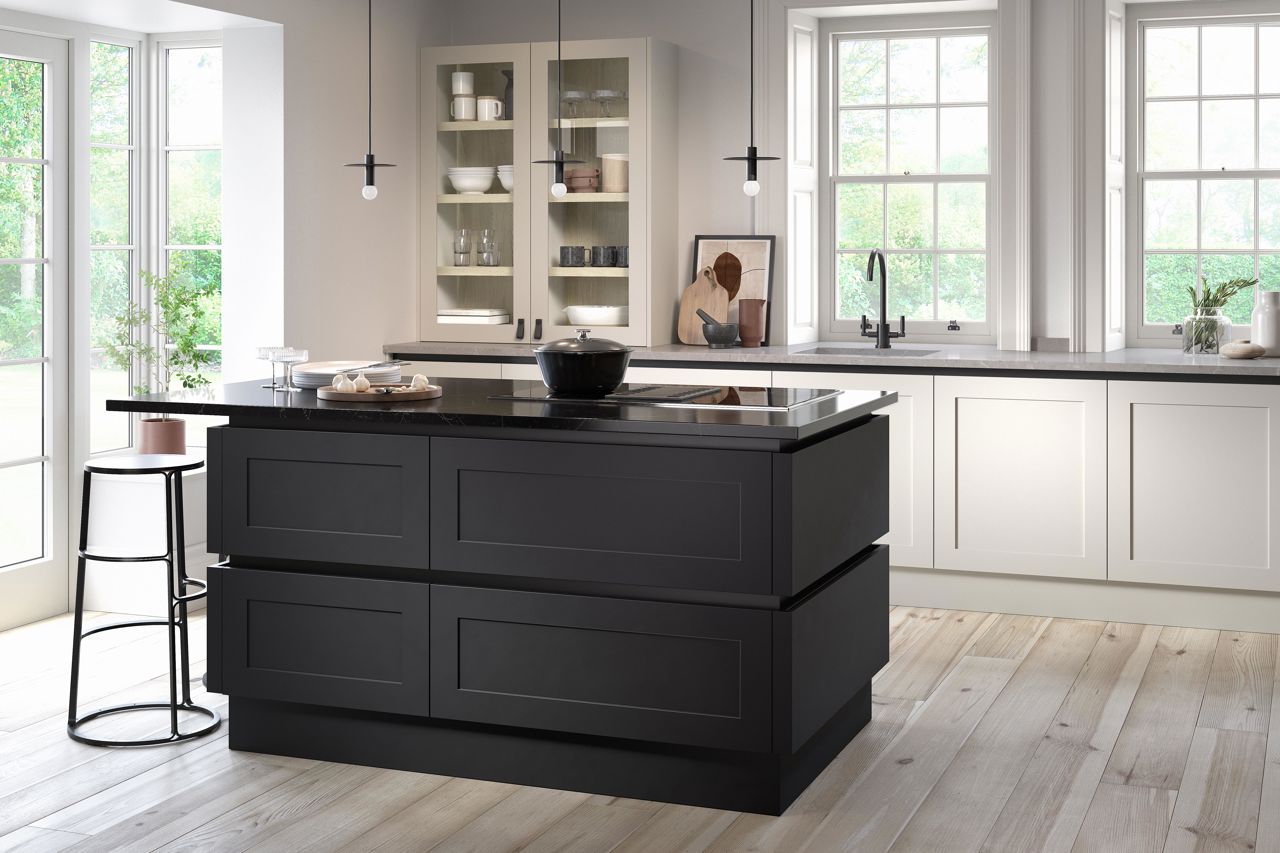Before you start planning your new kitchen, it's important to consider your lighting options, both for the practicality and the look of your design...
Lighting is no longer just a kitchen accessory, it’s a necessity. Creating a tailored lighting plan in the early stages of your kitchen design can not only help make your space feel lighter and brighter, it can also be cleverly used to make a room appear bigger, or can be manipulated to draw attention to focal features.
Our Second Nature designers are there to help you make those all important lighting choices- but if you’re looking for inspiration at the moment, here are some of the key design elements to consider.

